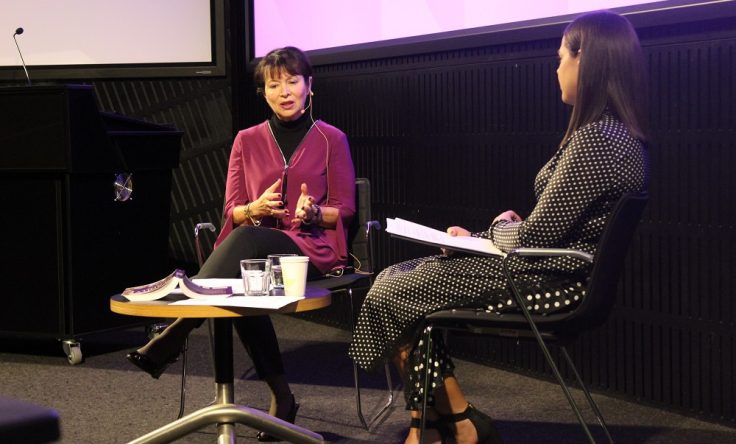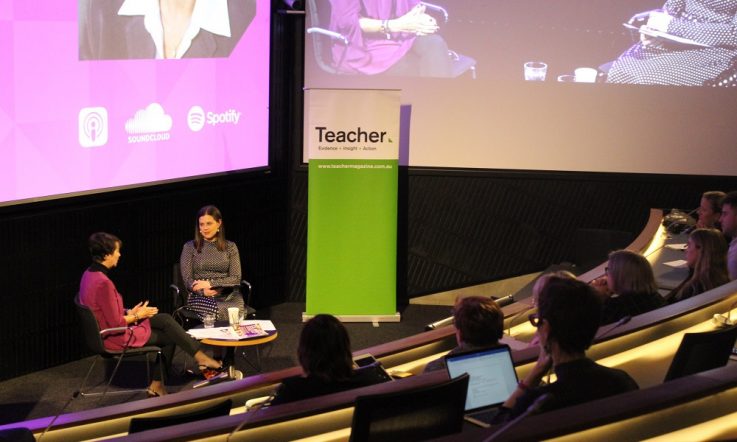According to Dr Lyn Sharratt, once the rationale, protocol and culture of trust are established, Learning Walks and Talks become a data collection tool for system and school leaders become even more effective instructional leaders. But, what are the protocols for Learning Walks and Talks?
This question was posed to Sharratt during the podcast recording of Teacher Talks, in front of a live audience of teachers and school leaders in Melbourne.
‘It's really important that the first protocol is that Learning Walks and Talks are not judgemental. They're not evaluative,' she says.
During the five to seven minute walk, Sharratt says it's important to remember not to take pencils in, don't take notes in and don't conduct observations.
‘It's a time for us to walk into classrooms, read the walls, look at what students are doing, what the teachers are doing, and it's a time for us to collect that data on evidence of our professional learning that we've been providing our teachers.'
Sharratt says it's also critical that walkers don't interrupt the instruction, they don't greet the teacher or speak to each other.
‘It's a time for us to really observe what we're seeing in the classroom and, if we get a chance, after we are in the classroom and there isn't direct teaching, we may kneel down and ask a student five questions,' she says.
WATCH VIDEO
As a leader, how do you evaluate the professional learning provided to teachers?
Do you do Learning Walks and Talks in your school? If so, what are your protocols for conducting Learning Walks and Talks? Do you follow Lyn Sharratt’s instructions?
Subscribe to the Teacher YouTube channel so new videos land in your feed as soon as they’re available.



